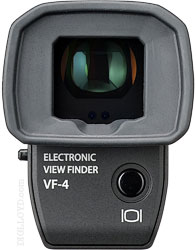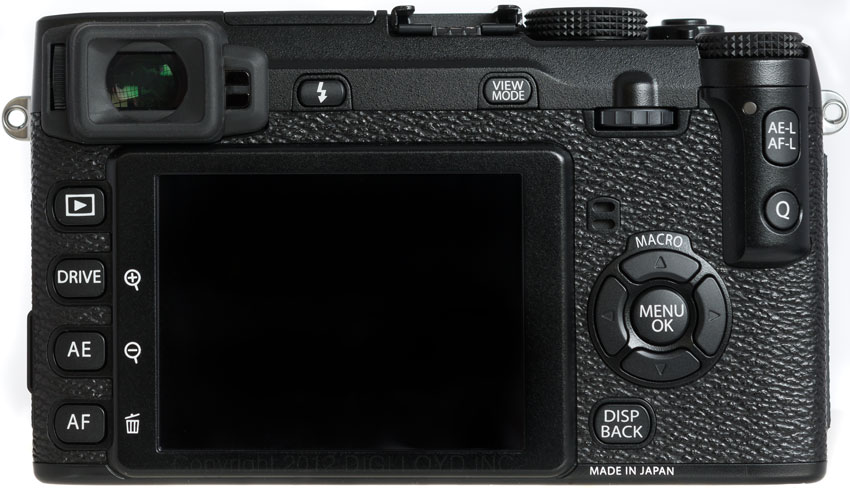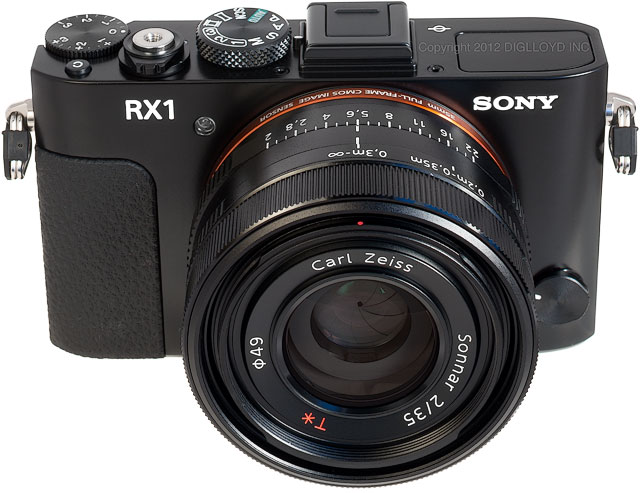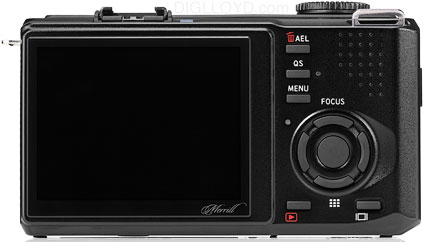Why an Electronic Viewfinder (EVF) is Not Optional, and Not Sufficient Either

With the trend to high quality compact cameras, there is a glaring flaw in many designs: the lack of a viewfinder, namely an electronic viewfinder variant (EVF).
There are optical viewfinders slotting into the hot shoe on some cameras, but they are costly for good optics, crude for composing, make it guesswork to place the AF sensor precisely, TOTALLY useless for manual focus, and are without parallax correction or diopter correction or any display of settings. An EVF is a vastly better solution and the discussion below continues with EVF as the goal.
The lack of an EVF degrades versatility significantly for image making.
DSLRs from Canon and Nikon ought o have optional EVFs in addition to the standard built-in optical viewfinder. The video signal is already there (on the rear LCD). It just has to be routed to an EVF, also.
Camera shake
A camera with only a rear LCD forces the camera to be held away from the body.
Held with arms extended, the success rate for sharp images plummets at 1/125 second and lower (varies depending on focal length). But mass-coupled to the body with a viewfinder, the odds rise by at least 2 to 4 shutter speeds.
See How to Hold a Camera Steady in Making Sharp Images.
With my Nikon D800 or similar DSLR, I can generally make a sharp image as low as 1/8 second with proper technique and several attempts. And I have a fairly high success rate at 1/30. By success, I mean for truly sharp images, not sort-of-sharp almost usable images.
With a camera like the Sony RX1 (without its optional EVF), I found that anything 1/100 or slower comes with poor odds— holding the camera out at arm’s length is a recipe for blur.
Presbyopia
A camera with a rear LCD (only) is literally a blur for some users.
An EVF with a diopter adjustment also mitigates having less than 20/20 vision.
As we age, our eyes lose their flexibility, pushing the close-focus distance out farther an farther:
- A child can focus on its own nose or thereabouts and in very dim light too.
- In my late 40's, I can focus no closer than about 30cm under dim lighting, somewhat better under bright lighting (depth of field from pupils). I have contact lenses for vision correction to 20/20, but this moves out my focus distance.
- Someone in their 60's or 70's might be effectively at infinity for eye focusing, making it impossible to ever see the rear LCD clearly without reading glasses.
Correcting for near-sightedness move the focus distance out as is my situation. Glasses might be used for some, but this does not address glare or camera shake.
Glare
A rear LCD suffers from glare.
Even when immaculate there is glare. With a little finger grease, sunblock, sweat or similar on the rear LCD, the glare can become a real impediment.
Examples
A sampling—
- The Fujifilm X cameras have built-in EVF. This is the way it ought to be done.
- The Sony NEX-7 has a built-in EVF; most other NEX models and the Sony RX1 make it optional. Ditto for most Olympus models— optional VF-2 EVF.
- The Sigma DP Merrill cameras have no viewfinder and no option for an EVF. An optical viewfinder is possible, but as discussed earlier, this has severe limitations.
- The new Nikon Coolpix A has no option for an EVF, nor does the Canon EOS M.
An optional EVF “wart” is much better than no option, but the right solution is a built-in high resolution EVF, as with the Sony NEX-7 or Fuji X cameras.
Shown below are three cameras: built-in EVF, optional EVF, no option for an EVF.
The Sony RX1 offers an optional (and expensive) EVF that mounts into the hot-shoe. Fortunately, it also has a built-in flash.
Obviously Sigma would have to rethink the LCD screen size and placement to incorporate a built-in EVF into the DP Merrill (below), hence an optional one on the hot shoe area would be reasonable.
Matt G writes:
An LCD screen loupe is the best solution to cameras lacking an integrated EVF - as good or better quality than a bolt-on EVF and considerably cheaper to boot. The only problem is mounting. Screwing into the tripod mount or using rubber bands sacrifices pocketability. What you want is 4 small magnets in the corners of the LCD screen so you can have the loupe on a string round your neck and quickly detach quickly it when you want to pocket the camera. Sadly as no manufacturer offers this feature you have to resort to DIY, though Zeikos offer what looks like a fairly neat kit which includes a self adhesive magnetic mount.
I use a Hoodman loupe with an IR converter 450D for manual focusing and it works like a dream in strong sunlight compared to trying to use the rear LCD.
That's why I think a magnetic mount combined with a super-lightweight loupe would be ideal, then it's no extra bulk on the camera as it stays round your neck when not shooting (though it may not be appropriate for some activities, such as biking).
It is a last resort though for when no alternative exists (for camera or viewfinder) like with the DP1/2/3 Merrill. Otherwise a built in EVF is a must or I'll look elsewhere.
DIGLLOYD: Yes, a quality loupe is a terrific piece of gear. I prefer the 3X Zacuto for its pleasant magnification which is notably easier on my eyes than the Hoodman (and better quality optics too). But especially for smaller camera, a loupe effectively make the camera considerably larger, and is simply not viable for many situations, even if a mounting solution can be found. So I end up using it mainly post-shot for inspection (or for focusing) because of the mounting issue.
A small camera is no longer so small if one has to carry it and the loupe. With a DSLR this doesn’t seem so bad, but the Zacuto loupe I use is roughly as bulky as (for example) the Sigma DP Merrill camera.
On the subject of mounting solutions, I hang the Zacuto around my neck when photographing, and I hold it against the LCD for viewing an image and/or for Live View focusing on a tripod. But for handheld shooting, one really needs a mounting solution for each camera. Zacuto’s older style stick-on snap-on solution worked pretty well for that purpose, but they’ve moved primarily to video-oriented brackets which are bulky and do not play well or at all with a camera L bracket.


























